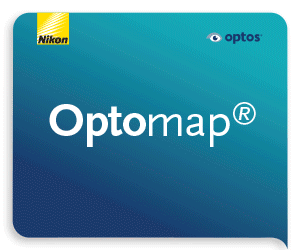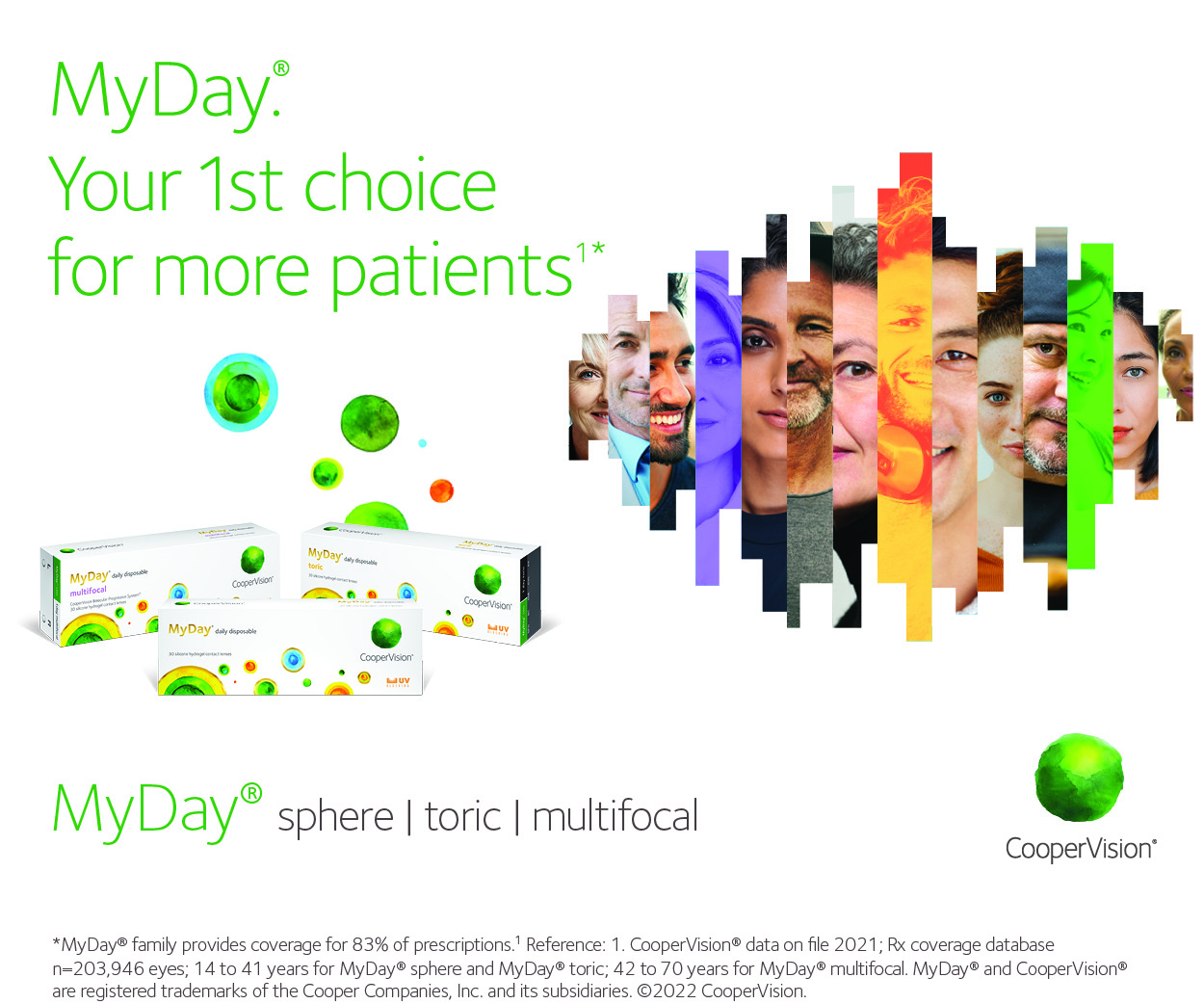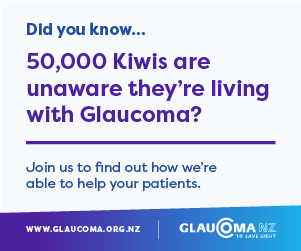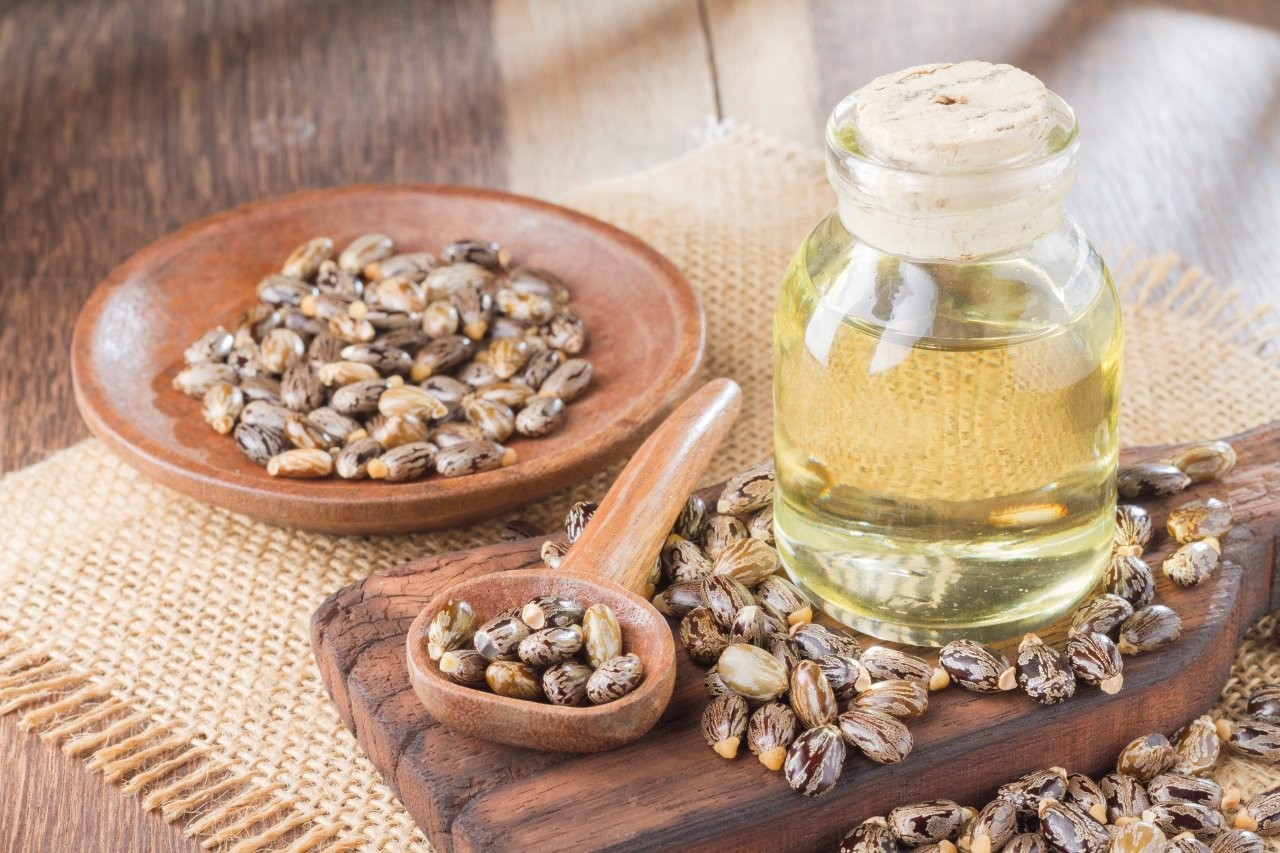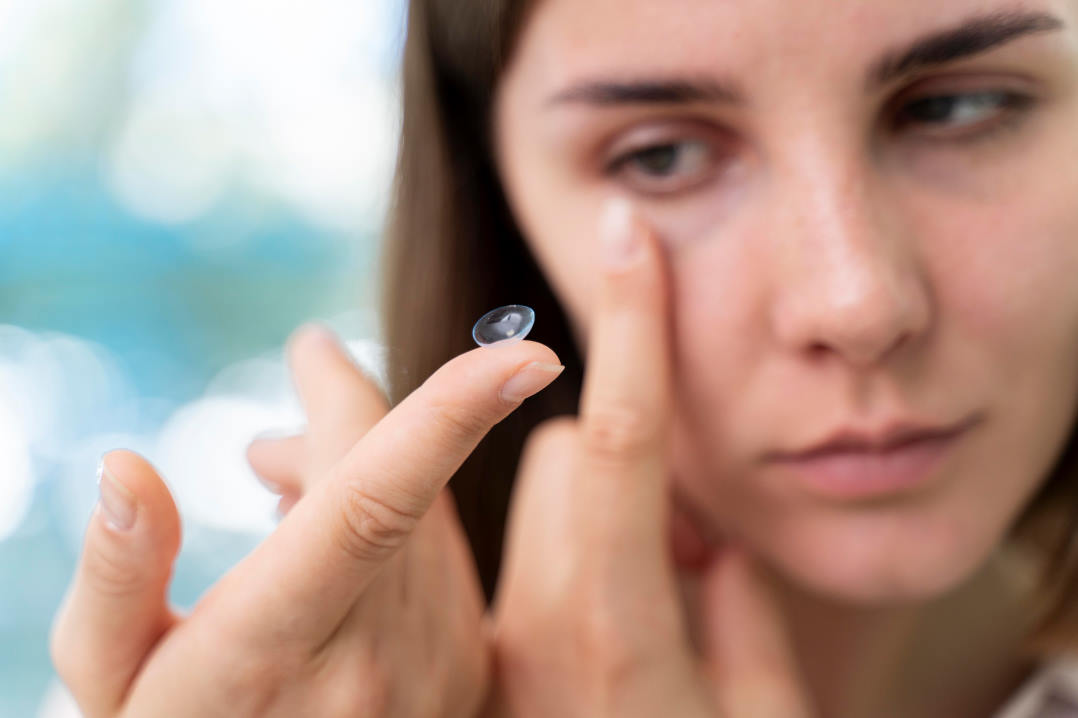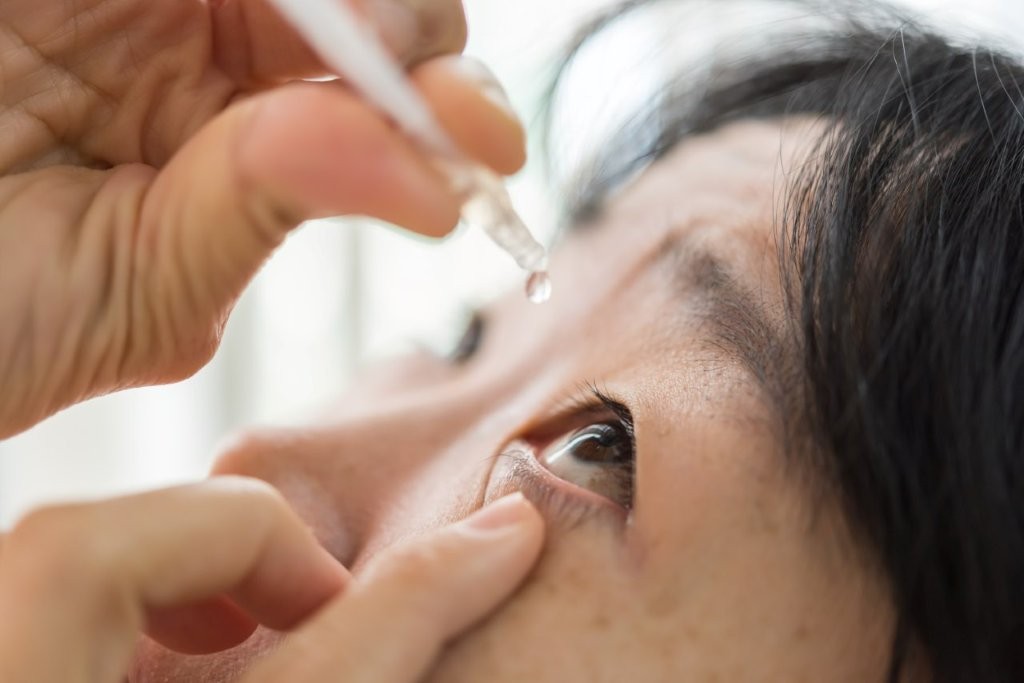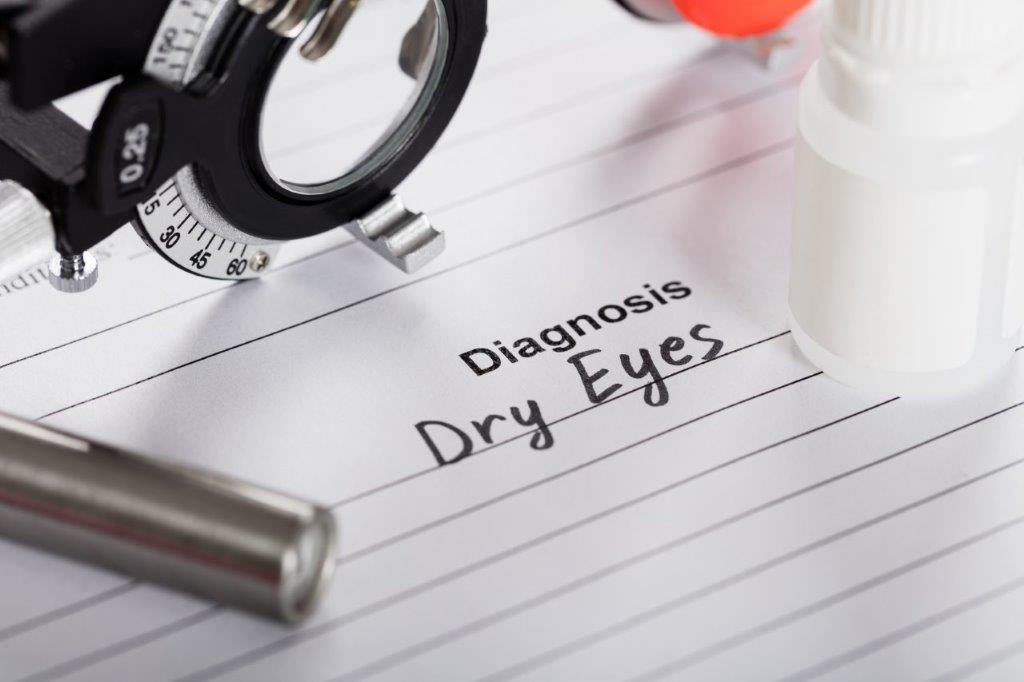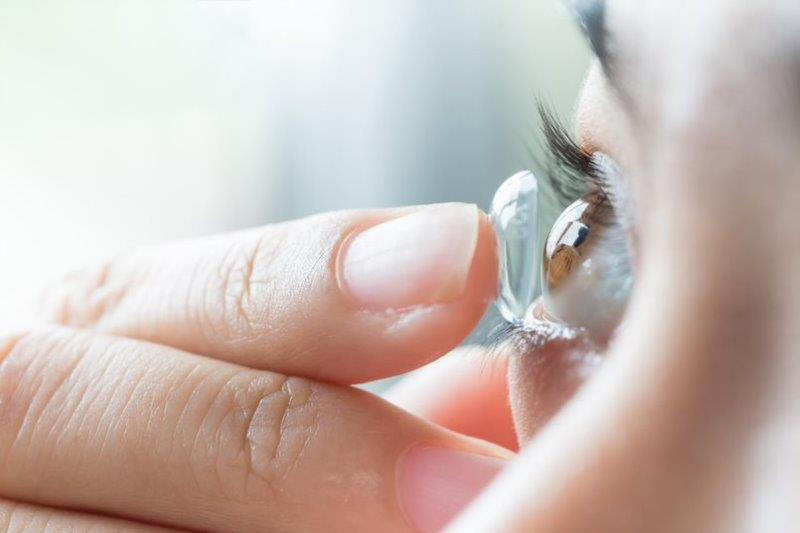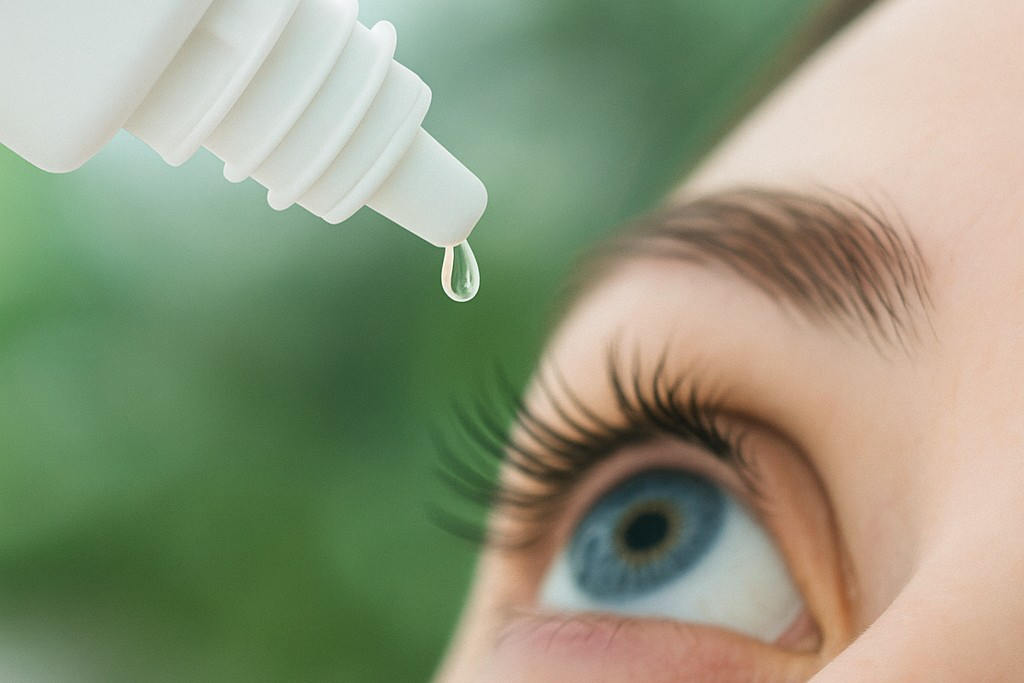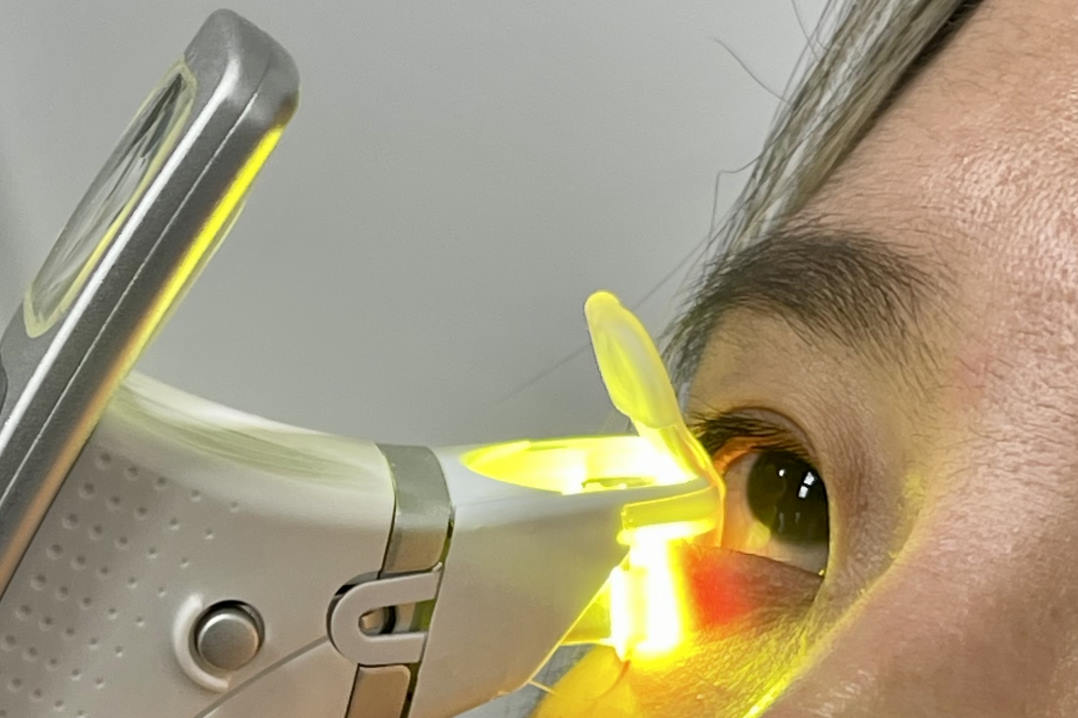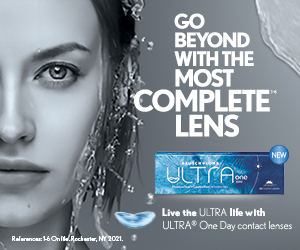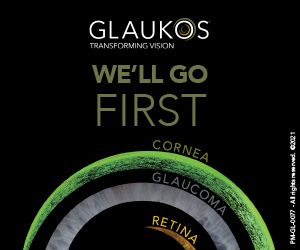Effects of periocular application of castor oil on the tear film
Pressed from the seeds of Ricinus communis, castor oil is a natural triglyceride rich in ricinoleic acid with anti‐inflammatory, antibacterial and antioxidant properties1. Its amphiphilic structure gives it the potential to integrate into and supplement the tear film lipid layer, which is often compromised in meibomian gland dysfunction1.
Castor oil has been highlighted for its potential therapeutic effects for the management of blepharitis2. Its efficacy is currently under assessment following a large randomised clinical trial conducted by the article’s co-author Catherine Jennings at the Ocular Surface Laboratory (OSL). To understand, mechanistically, how periocular castor oil application might help improve dry eye disease, a paired-eye clinical study was designed.
In this study, the impact of applying a proprietary blend of cold-pressed castor oil, infused with small amounts of mānuka and kānuka oil, was compared with that of saline. One eye, selected according to a predetermined randomisation schedule, was administered saline, while the other received the castor oil blend (Fig 1), applied from masked rollerball bottles as illustrated in Fig 2.


Fig 1. Periocular regions where castor oil was applied is shaded in yellow. Blue arrows show the direction of rollerball movement
Clinical measurements were taken before application and repeated at 15 minutes, two hours and four hours post-application. Lipid layer thickness (LipiView, J&J) significantly increased and remained increased for four hours in the castor oil group only (p=0.01). Other measured parameters (subjective lipid layer grade and non-invasive tear film breakup time) did not differ statistically within or between eyes over this time frame.
A single application of castor oil to the periocular region significantly thickened the lipid layer for up to four hours – longer than many other lipid-supplementing products3,4. However, this single application did not demonstrate improved tear-film stability.

Fig 2. Rollerball applicator for delivering castor oil or saline to the periocular region
Whether regular, longer-term application of castor oil has the potential to show improvements in tear film stability remains to be investigated. A similar study using 100% cold-pressed castor oil is currently underway, evaluating additional parameters to enable assessment of the impact of periocular castor oil application on the rate of tear evaporation.
To date, our findings demonstrate that periocular application of castor oil has the potential to contribute to dry eye management by improving the thickness of the tear film lipid layer; however, further studies are required to confirm its clinical efficacy in dry eye management.
References
- Sandford EC, Muntz A, Craig JP. Therapeutic potential of castor oil in managing blepharitis, meibomian gland dysfunction and dry eye. Clin Exp Optom [Internet]. 2021 Apr [cited 2025 Jun 07];104(3):315–22. Available from: https://pubmed.ncbi.nlm.nih.gov/33037703/
- Müntz A, Jennings C. Castor oil for blepharitis. NZ Optics [Internet]. 2020 Aug 28 [cited 2025 Jun 07]. Available from: https://www.nzoptics.co.nz/live-articles/castor-oil-for-blepharitis/
- Fogt JS, Fogt N, King-Smith PE, Liu H, Barr JT. Changes in tear lipid layer thickness and symptoms following the use of artificial tears with and without omega-3 fatty acids: a randomized, double-masked, crossover study. Clin Ophthalmol [Internet]. 2019 Dec 20 [cited 2025 Jun 07];13:2553–61. Available from: https://pmc.ncbi.nlm.nih.gov/articles/PMC6930022/
- Craig JP, Purslow C, Murphy PJ, Wolffsohn JSW. Effect of a liposomal spray on the pre-ocular tear film. Contact Lens Anterior Eye [Internet]. 2010 Apr [cited 2025 Jun 07];33(2):83–7. Available from: https://pubmed.ncbi.nlm.nih.gov/20096622/

Khusrav Bhajiwalla is a third-year MBChB student at the University of Auckland who completed this work as a summer research project in 2025 within the OSL.

Catherine Jennings is a final year PhD candidate researching novel blepharitis management strategies with the OSL, under the supervision of Prof Jennifer Craig, Dr Kalika Bandamwar and Dr Alex Müntz. She is a therapeutically qualified optometrist working in private practice and professional teaching fellow at the University of Auckland.




